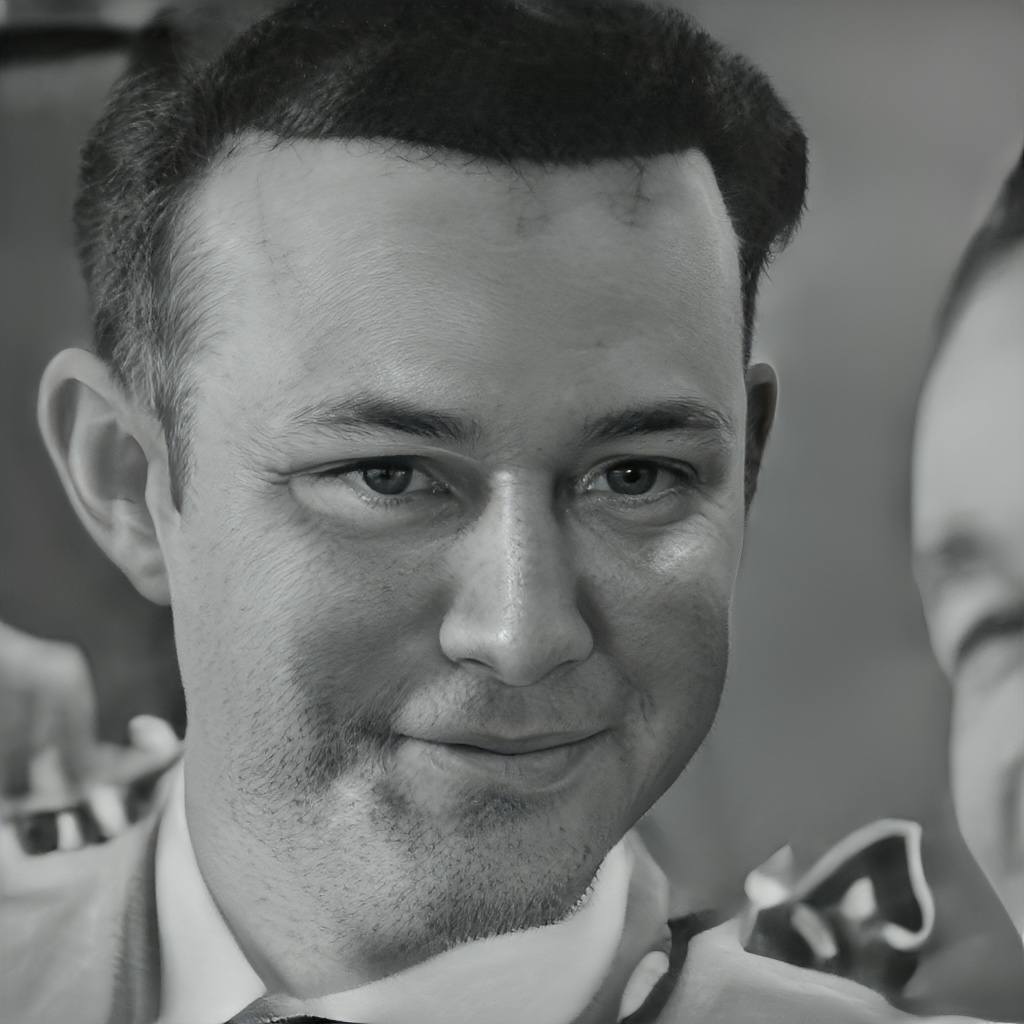JIM REEVES MUSICIAN – A QUICK BIO, QUICK FACTS AND BEST REVIEW OF TOP SONGS

Jim Reeves
Jim Reeves was active in the country and mainstream music scenes. He gained fame for his renditions of Nashville Sound music, which were popular from the 1950s through the 1980s. Even after he died in an airplane disaster, his songs—which he sang as “Gentleman Jim”—remained popular for a long time. Reeves has been inducted into two halls of fame: one for country music and one for Texas country music.
A Brief Biography of Jim Reeves
Galloway, Texas, a tiny rural town close to Carthage, was the birthplace of Reeves. He was born to Thomas Middleton Reeves (1882–1924) and Mary Beulah Adams Reeves (1884–1980), the sixth child of eight. In his younger years, he went by the name Travis.
Despite receiving an athletic scholarship to attend the University of Texas, he dropped out of his speech and acting program after just six weeks to take a job at one of Houston’s shipyards. Before signing a contract as a right-handed pitcher with the St. Louis Cardinals “farm” team in 1944, he quickly returned to baseball, playing in the semi-professional leagues.
His athletic career came to an end after three years of minor league play when he severed his sciatic nerve while pitching. Attempts by Reeves to pursue a baseball career were intermittent at first, maybe because he was unsure if he would be recruited into the military as World War II engulfed the United States. He turned himself in for his initial medical assessment at the Army Induction Centre in Tyler, Texas on March 9, 1943. His failure to pass the test was likely the result of a cardiac irregularity, and he was officially designated 4-F draft eligible on August 4, 1943, according to a formal letter.
As a radio presenter, Reeves started singing live in between songs. A few little Texas record labels signed him in the late 1940s, but he never delivered on their promises. His early musical influences included Western swing musicians like Moon Mullican and Jimmie Rodgers, as well as popular singers like Frank Sinatra, Eddy Arnold, and Bing Crosby.
From the late 1940s to the early 1950s, he recorded early Mullican-style songs like Each Beat of My Heart and My Heart’s Like a Welcome Mat while riding shotgun in Moon Mullican’s band. In 1949, Reeves made his debut recording for Macy’s, a tiny label based in Houston. However, he did not achieve any sort of significant success until 1952, when he got a contract with Abbott Records.

After achieving national fame with his second Abbott song, Mexican Joe, he landed a job in 1953 as a radio announcer for KWKH-AM in Shreveport, Louisiana, where the hit show Louisiana Hayride was broadcast. According to Frank Page, the former Hayride master of ceremonies who introduced Elvis Presley on the program in 1954, Sleepy LaBeef was running late for a performance. As a result, Reeves was asked to step in as a substitute. (According to some sources, including Reeves’s interview for the RCA Victor album Yours Sincerely, the absentee was Hank Williams.)
With the release of Bimbo, his second hit single, Reeves joined the Grand Ole Opry in Nashville, Tennessee, in 1955 and started recording for RCA Victor. Both are Four Walls and He’ll Have to Go were his most popular singles. When it was released in 1960, He’ll Have to Gotopped both the Top 40 and Billboard’s country charts. International praise was bestowed upon Reeves, and his songs contributed to country music’s global appeal.
Posthumous Events of Jim Reeves
Near Nashville, on July 31, 1964, Reeves’ private plane crashed, killing him and his pianist Dean Manuel. On the way to Shreveport, he was laid to rest in a two-acre memorial grave close to Carthage, Texas. Reeves had three music publishing businesses and the Henderson radio station KGRI when he passed away. He had the opportunity to embark on three European tours and two journeys to South Africa.
During his time there, he had the honor of starring in a film called Kimberley Jim, which was released the year following his passing. Mary, the woman he had married in 1946, was the only one he left behind after his passing. As a result of difficulties resulting from a mumps illness, it was assumed that Reeves was sterile, and for this reason, they did not have any children. In 1966, his cover of Cindy Walker’s Distant Drums which was published after his death reached the top of the British and American country music charts respectively. It was Reeves’s song Distant Drums that made history in the UK, making him the first American to do so.
The Country Music Hall of Fame inducted Reeves in 1967. Along with his 1999 Grammy Hall of Fame Award for his song He’ll Have to Go (1959), he was inducted into the Texas Country Music Hall of Fame in 1998 in Carthage. In 2004, the Texas Country Music Hall of Fame proudly unveiled a Jim Reeves exhibit, thanks to the generous contribution of James Newberry, a devoted collector of Reeves’ memorabilia. The Mike Curb Family Foundation later acquired Newberry’s extensive Jim Reeves collection. A life-sized statue of Reeves was lovingly placed at his gravesite in Carthage. Even in the new millennium, his boxed sets and compilation CDs have been popular with fans and newcomers alike.
3 Quick Facts About Jim Reeves
- Wife motivated him to pursue his musical interests.
- Head covering was a toupee.
- Not a fan of the accordion.
The Best of Jim Reeves: A review of his top songs
- Am I Losing You
For his 1957 hit Am I Losing You, American country music musician Jim Reeves wrote and recorded the instrumental. It was the third most-played country song for two weeks. A re-recording that was done in 1960 reached its highest position on the same list at number eight, and it reached number 31 on the Billboard Hot 100. This version was the B-side to the single I Missed Me, which also reached its highest position on the country chart at number three.
- When You Are Gone
Reeves’ 1968 album A Touch of Sadness had the lead single When You Are Gone released in September of that year. Billboard Hot Country Singles charted the song at number seven at its peak. Additionally, it peaked at #1 on Canada’s RPM Country Tracks chart.
- Is It Really Over
Released in 1965, Is It Really Over was the third posthumous record by Reeves to reach the top spot on the country singles chart in the United States. There was a three-week peak for the single, and it remained there for a total of nineteen weeks. On the Easy Listening charts, Is It Really Over reached number 10, while on the Hot 100, it reached number 79.
- Adios Amigo
Adios Amigo peaked at #2 on the Norwegian singles chart in 1962 and stayed there for nine weeks on the US Billboard Hot Country Songs chart. In a lyrical Spanish-style farewell tale, Jim Reeves sang a humorous yet moving ballad.
- Welcome to My World
Matthew 7:7-8 in the Holy Bible is the source of the popular song Welcome to My World, which has been covered by numerous musicians throughout the years. Part of Jim Reeves’s 1962 album A Touch of Velvet, this song peaked at #2 on Billboard’s Hot Country Songs list in the United States. This was a major hit for him prior to his death on July 31, 1964. Jim Reeves’s baritone voice delivery was just as touching as the words, making this a perfect love ballad.
Across the Blue from Lonesome
Before Jim Reeves sang it on his 1962 album The Country Side of Jim Reeves, the song Blue Side of Lonesome was recorded by Leon Payne in 1960. It was one of the most well-known singles produced in memory of Jim Reeves following his death in an airplane crash on July 31, 1964. With a peak position of fifteen on the US Billboard Adult Contemporary chart, Blue Side of Lonesome also topped the US Billboard Hot Country Songs chart. After the tragic death of an artist whose life was tragically cut short, this sad ballad became a bittersweet favorite among fans who could relate to the artist’s music all the more.
- He’ll Have to Go
A devoted fan base was justly won by Jim Reeves thanks to his powerful baritone vocals. From its 1959 debut, He’ll Have to Go soared to the top of several international singles charts, including those in the United States (Billboard Hot Country Songs), Canada (Country Tracks), Australia (official singles), and Norway (official singles). The motivation for He’ll Have to Go originated from a telephone conversation between Joe and Audrey Allison, the married composition duo.
- I Guess I’m Crazy
Tommy Collins recorded I Guess I’m Crazy in 1955; Jim Reeves covered it and released it in 1964. His cover version spent seven weeks atop the US Billboard Hot Country Songs chart, marking the first of six posthumous number-one successes for him. On the US Billboard Adult Contemporary chart, it peaked at number eighteen and was also number one in Canada. Although being in love might not always seem like a healthy prescription for sanity, this ballad beautifully demonstrates that the heart has other concerns.
- Mexican Joe (Featuring The Circle O Ranch boys)
Jim Reeves debuted in 1953 with the single Mexican Joe, which spent six weeks at the top of the US Billboard Hot Country Songs list. This lively Western swing showcased a bandit and wanderer who enjoyed socializing, playing games, and pursuing romantic interests. Mexican Joe was more of a novelty smash than a compilation of silky baritone-style ballads, but it helped Jim Reeves break through to stardom in the cutthroat music industry.
- Billy Bayou
Jim Reeves sang the comic song Billy Bayou in which he sang about a legendary figure from the American 1800s who lived it up big. For five weeks in 1958, this song was the most-played country song on the US Billboard Hot Country Songs chart. Not only that, it peaked at number nine on the official singles chart in Italy, adding to its international success. One of the most influential figures in the development of the Nashville Sound in country music, Roger Miller, was the original songwriter of this song.
RELATED: ROBERT LEE PARTON – THE REMARKABLE LEGACY OF DOLLY PARTON’S FATHER
